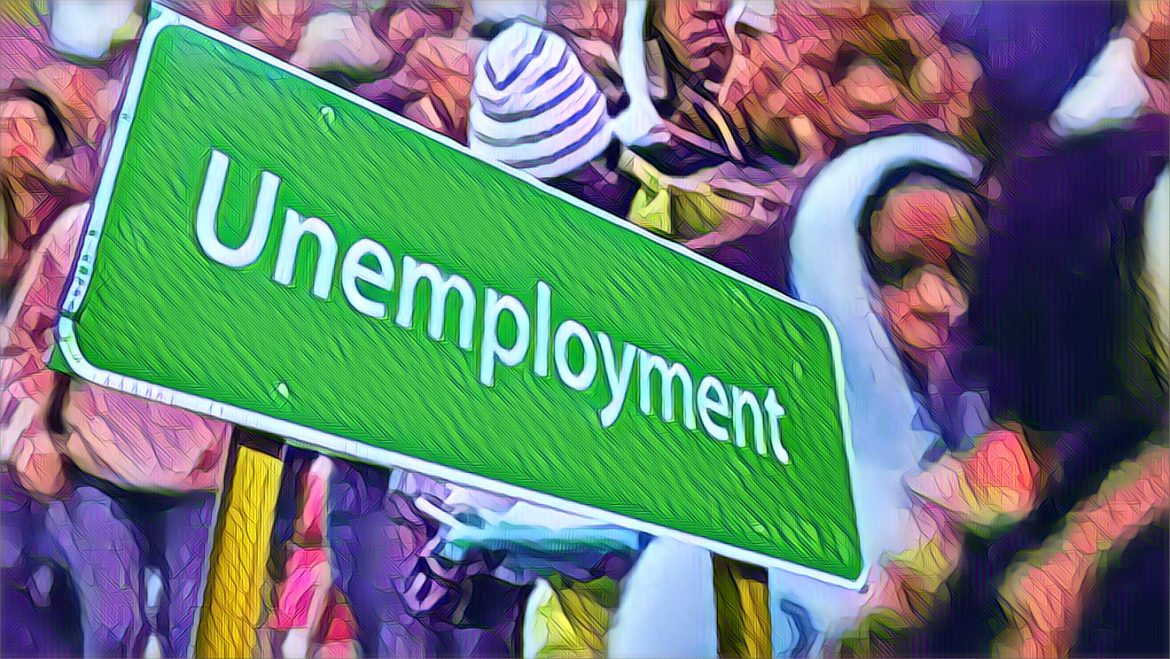Zimbabwe’s third-quarter unemployment rate has ticked up 1.3%, marking a concerning rise to 21%, according to a recent report by the Zimbabwe National Statistics Agency (ZIMSTAT).
The new statistics underscore a hardening economic climate, with the overall unemployment figure now hovering at a troubling 19.7%. These numbers not only highlight a gradual uptick from the 2nd quarter but also reveal a disproportionate impact on women, who are facing a higher unemployment rate of 24%, compared to 19% for men.
“Zimbabwe’s economic indicators during the third quarter show a downward trajectory, with the employment-to-population ratio witnessing a decline,” ZIMSTAT noted in its comprehensive labor force survey. Harare and Bulawayo provinces recorded ratios of 47.9% and 47.1%, respectively, while the national ratio took a downturn, slipping 1.2% since the previous quarter.
In a year-on-year comparison, the national employment-to-population ratio edged up marginally by 0.9%, resting at 34.9% for the third quarter, a slight increase from 34% during the same period last year. This subtle rise suggests a small uptick in the working-age population’s employment engagements.
Economic analysts often lean on the employment-to-population ratio as a reliable gauge for the labor market’s health, offering insights into the balance or imbalance between the employed civilian force and the broader working-age demographic.
“Despite these challenging statistics, Zimbabwe’s informal sector has demonstrated resilience, posting a 4.1% rise in employment engagement,” the report detailed. This growth starkly contrasts with a 5.8% dip in the agricultural sector’s employment figures. Meanwhile, both the formal and household sectors saw negligible employment gains, creeping up by 0.8% and 0.7%, respectively.
The data further breaks down disparities between urban and rural employment engagements, with urban areas boasting a 48.5% employment-to-population ratio compared to a starkly lower 27% in rural regions. Particularly in rural locales, women continue to bear the brunt of employment challenges, evidenced by an 18.1% ratio against men’s 36.5%.
As Zimbabwe grapples with these economic headwinds, the rising unemployment underscores the urgency for robust policy interventions aimed at economic recovery and sustainable job creation.


